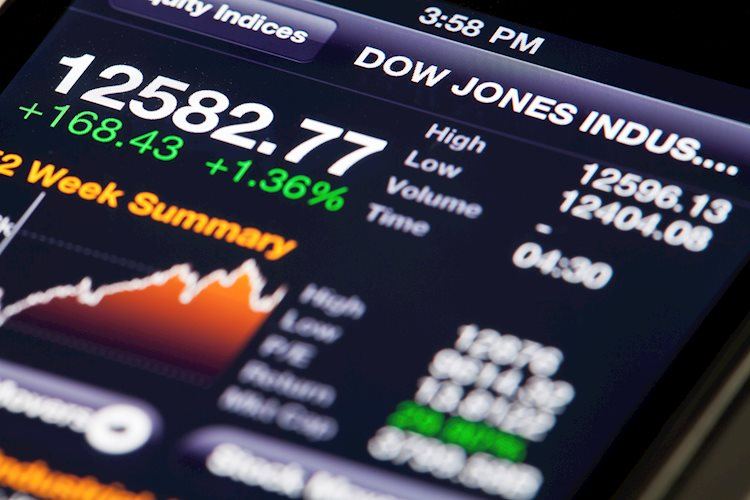The Dow Jones Industrial Average (DJIA) remained mostly flat on Thursday as US Consumer Price Index (CPI) inflation came in lower than expected, sparking an increase in expectations for rate cuts in 2024. Despite easing inflation, a shift away from tech stocks limited gains in equity indexes during the American market session. Annualized headline CPI inflation fell to 3.0% YoY from the previous 3.3%, with a month-over-month decline of -0.1% in June. The Initial Jobless Claims also fell to 222K, pushing the four-week average down to 233.5K.
Market expectations for a rate hike by the Federal Reserve (Fed) have been offset by the cooling pace of US CPI inflation. The possibility of three quarter-point rate cuts in 2024 is now being weighed by investors, with rate market bets of a September rate cut at 95%, according to the CME’s FedWatch Tool. While the Dow Jones sought gains on Thursday, tech stock declines limited upside momentum in the index. Despite a modest increase overall, concentrated losses in technology companies like Intel Corp and Amazon.com Inc kept the Dow Jones in check.
Dow Jones technical outlook shows slim gains as the index tests a supply zone near the 40,000 major price handle, recovering nearly 5% from a post-peak swing low towards 38,000. The index has been slowly climbing back towards all-time high bids set in May, just above 40,000. The Dow Jones Industrial Average, which comprises the 30 most traded stocks in the US, is price-weighted and calculated by summing the prices of constituent stocks. The index was founded by Charles Dow, but critics argue that it lacks broad representation compared to other indices.
Factors that drive the Dow Jones, include the performance of component companies in quarterly earnings reports, US and global macroeconomic data, interest rates, and inflation that influence the cost of credit. Dow Theory, developed by Charles Dow, identifies trends in the stock market by comparing the directions of the DJIA and DJTA and using volume as a confirmatory criteria. There are multiple ways to trade the DJIA, including ETFs such as the SPDR Dow Jones Industrial Average ETF, futures contracts, options, and mutual funds that provide exposure to the overall index by offering diverse portfolios of DJIA stocks.
Overall, the Dow Jones Industrial Average reflects the general sentiment in the stock market and is influenced by various economic factors and market trends. The recent cooling of US CPI inflation and rate cut expectations have had an impact on the index’s performance, but tech stock declines have offset potential gains. Investors will continue to monitor economic data and Fed decisions to gauge the future direction of the Dow Jones and make informed trading decisions.











